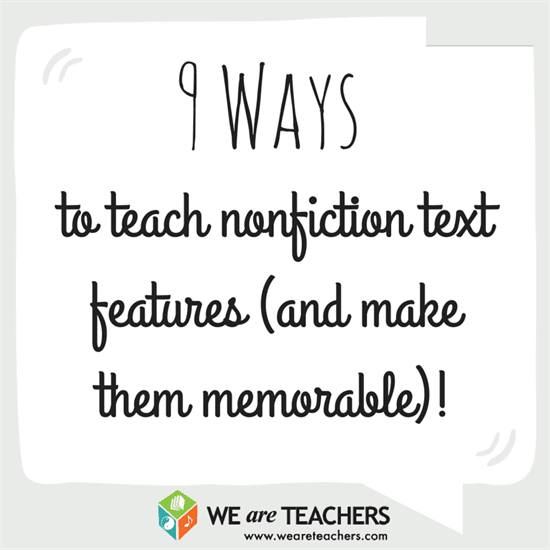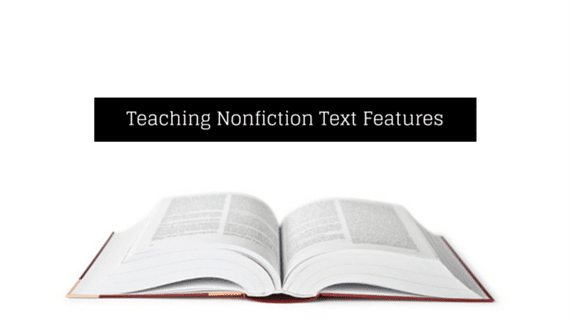This article is the fifth in our blog series Close Reading Isn’t Just for Novels: Teaching Students to Read Nonfiction. Click here to read all of the posts in the series. Thanks to our series sponsor, Renaissance Learning.
1. Show How Text Features Help Us as Readers
Kristin Riley, reading specialist at a Title 1 Elementary School, has her students complete a graphic organizer with three columns. In the first, they write the text feature. In the second, they explain what they learned. And in the third, they write how it helped them as readers. As students learn more about themselves as readers, they can discuss which are their preferred text features and why.
2. Focus on Visuals
Taking time to analyze the visual features—illustrations, photos, maps—in a text can help build students’ background knowledge. Illustrations provide clarification (a painting of a historical figure that shows what he looked like) and extend content knowledge (a map showing the route an explorer took).
Before students read, have them choose one visual text feature. They’ll write down three pieces of information and three wonders or questions. After they read, they can return to that feature to discuss how their understanding has developed and what new ideas have come up.
3. Create Question Banks
Use captions, images, graphs and other text features as the starting place for student questions. Post just the feature and have students write questions that come to mind. For example, if students are looking at a diagram of a heart, they can throw out questions about the vocabulary (What does pulmonary mean?) and content (How do hearts pump?). Once students have a bank of questions, they’re ready for purposeful reading of the main text.
4. Fill in the Blanks
Remove all of one type of text feature—such as the headings or captions—and have students add their own. Then, compare their versions with the authors’. How were they similar? How were they different? This shows students how purposeful authors are in choosing the text that stands out on the page and how headings in particular are connected to the big ideas in a text.

5. Zoom In
Text features, says Janelle Turnier, fifth-grade teacher in Reno, Nevada, help students break down the information on the page. Usually, she points out, text features give you the key points. Have students zoom in on one text feature at a time by having them cover other sections of the page (with note cards or paper cutouts). What do they see when they’re only reading that one chunk of text? And having zoomed in on that one aspect, when they zoom back out, how does their perspective change?
6. Connect Text Features to Structure
Look at nonfiction with various structures—problem and solution, compare and contrast, chronological—and make lists of the types of text features that are most prevalent in each. Which text features help us understand problem and solution? Which are most helpful in understanding sequence? Which do almost all authors use?
7. Text-Feature-Dependent Questions
As students are working with text, ask them questions that can only be answered through the text features. This will, first, direct students to text features and, over time, get students to see text features as sources of important information. Eventually, they’ll ask each other questions derived from the text features.
8. Track the Page
Give students a photocopy of a page and have them draw a dot where their eye goes first, and a line that follows how their eye tracks the page. This activity shows students that there’s no “right” way to approach text, and that spending time with text features can provide different experiences with the text.
9. Create Your Own
As students become familiar with the ways authors use text features, after they’ve read a section, have them create a text feature based on a question that they still have about the text. For example, if after reading about American explorers, students wonder what happened to the Native Americans, they can research and create a graphic that shows how exploration displaced native populations.
Far from pictures that take up space in books, text features are integral to informational text. Taking time to dig in to text features makes them a part of the reading experience and teaches students how to maximize every word.
Did you know? There’s a new version of Accelerated Reader called Accelerated Reader 360 that specifically helps kids learn the skills they need to read nonfiction. Learn more about Accelerated Reader 360 by visiting Renaissance.com.

